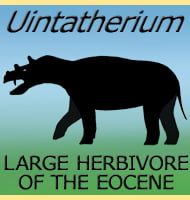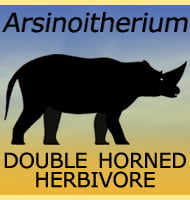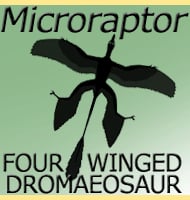In Depth
Hulitherium is a genus of diprotodont wombat that lived in New guinea during the Pleistocene. Not much is known about Hulitherium, though the arm structure suggests that this genus was significantly more mobile than other diprotodonts.
Further Reading
Further reading- A new late Pleistocene diprotodontid (Marsupialia) from Pureni, Southern Highlands Province, Papua New Guinea. – BMR Journal of Australian Geology & Geophysics. 10: 65–76. – T. F. Flannery – 1986.









